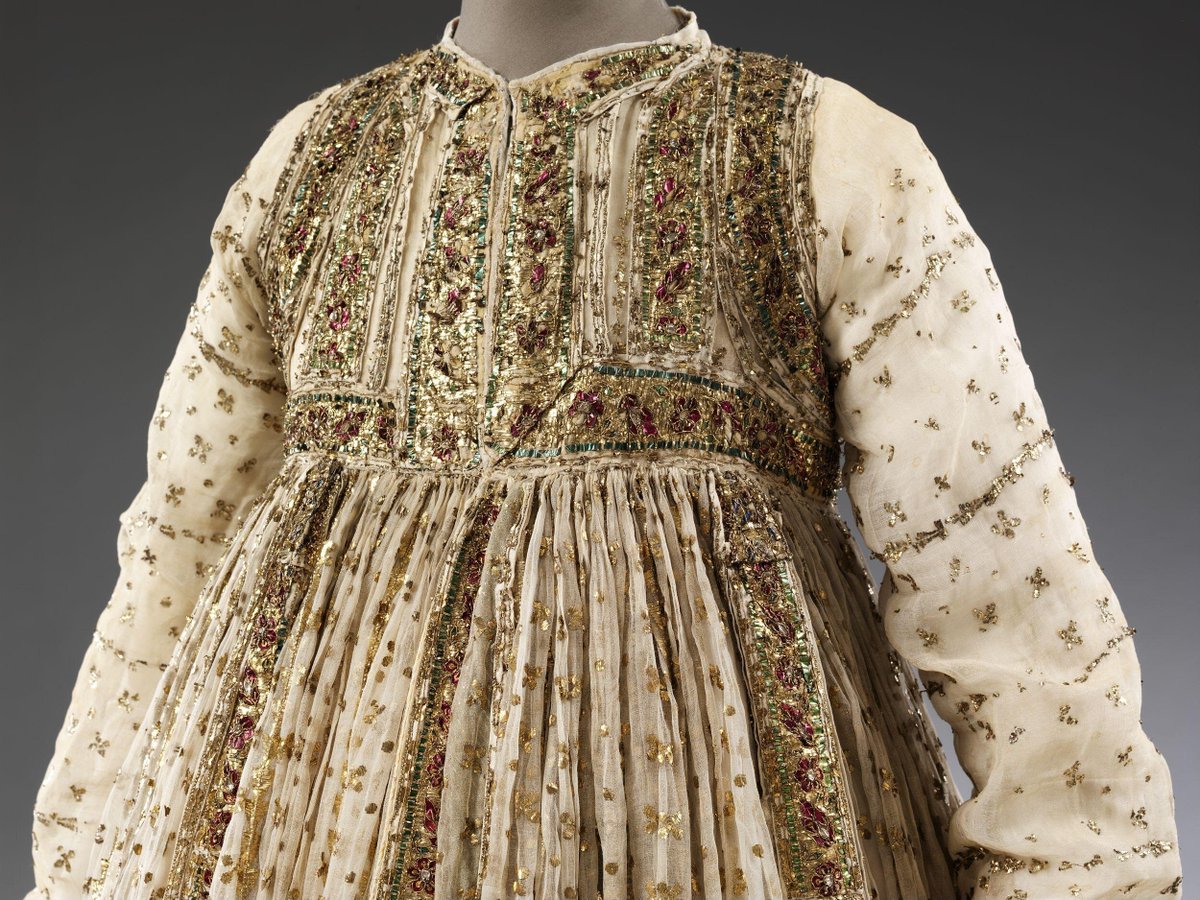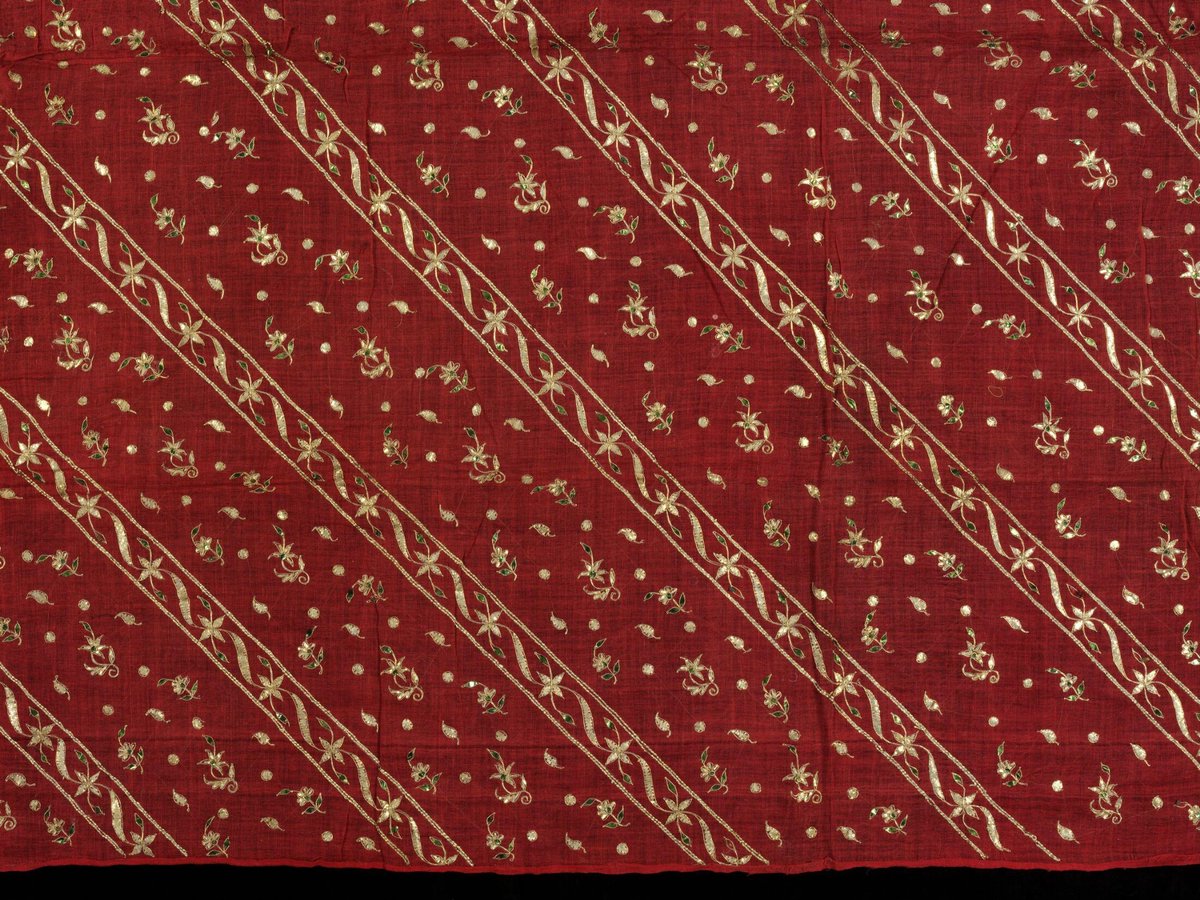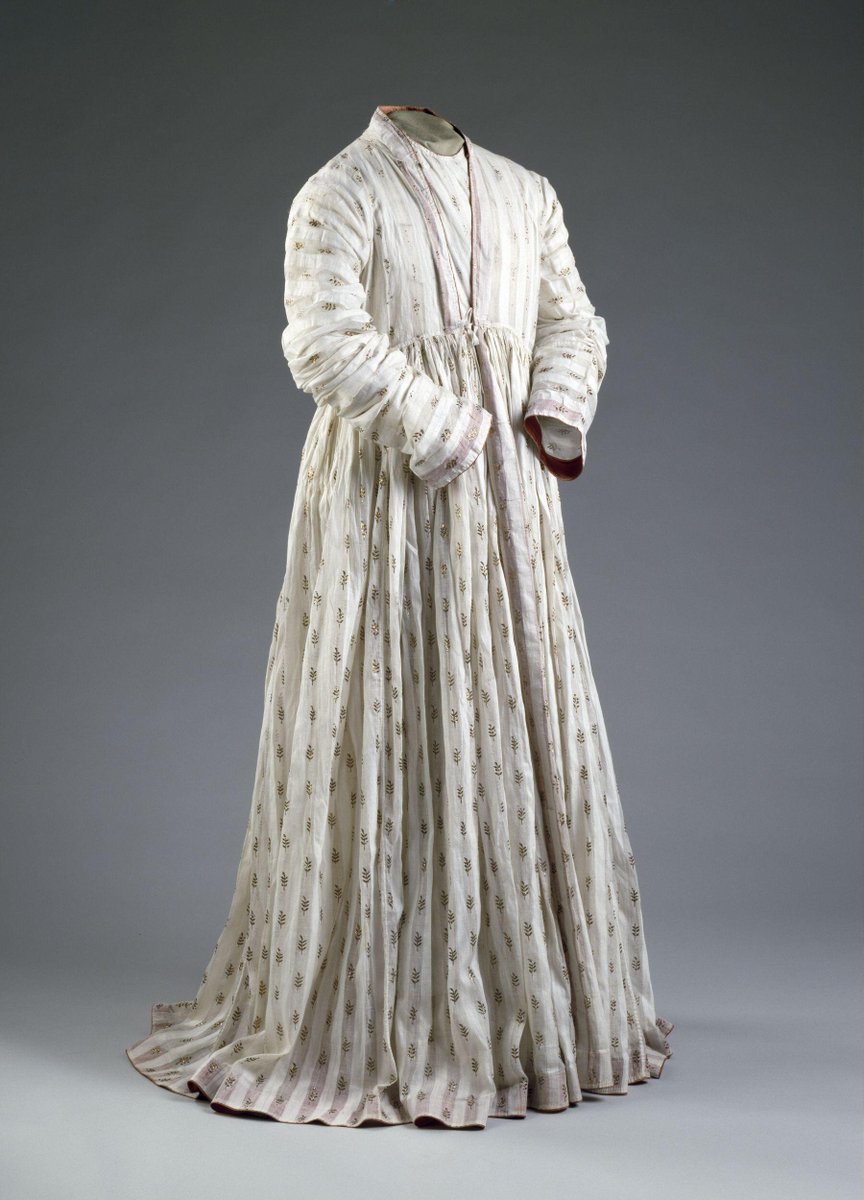
So. Story time.
I went for a long hike with @boreasflame today, catching up after way too long, & we discussed my lack of squeamishness, as well as gender (non)conformity, animism & more (as u do).
We took a long route & at the trailhead saw a dude with a pair of shoeboxes.
I went for a long hike with @boreasflame today, catching up after way too long, & we discussed my lack of squeamishness, as well as gender (non)conformity, animism & more (as u do).
We took a long route & at the trailhead saw a dude with a pair of shoeboxes.
Not the weirdest, but sure. He spied us with a look of relief in his eyes and said: “I have a weird question for you. I caught something and I need help setting it free.”
This is the kind of thing I was made for. I got really excited & thought maybe it was a snake 🐍!
This is the kind of thing I was made for. I got really excited & thought maybe it was a snake 🐍!
“Oh, what is it?” I asked. Still hoping for snake.
“I caught a rat,” he said. “And I... I just can’t. The trap is stuck and I’ve been sitting here for 20 minutes trying to get it out.”
A rat! Well, we don’t have many native rats. But maybe it was a pet? I went to see...
“I caught a rat,” he said. “And I... I just can’t. The trap is stuck and I’ve been sitting here for 20 minutes trying to get it out.”
A rat! Well, we don’t have many native rats. But maybe it was a pet? I went to see...
Because I get it. Rats are big. But also super smart.
So I walked over to the box (dude is keeping quite a distance from the “rat”) and at first I don’t see anything.
He gestures again and I see a small trap with...
A field mouse. He is SO CUTE.
So I walked over to the box (dude is keeping quite a distance from the “rat”) and at first I don’t see anything.
He gestures again and I see a small trap with...
A field mouse. He is SO CUTE.
Seriously. Big eyes, little tiny paws, snooty snoot so twitchy.
Not a rat. *Definitively* not a rat. And this man is pale and trembling.
So I swiftly let it go, and the mouse hopped away, washing its little face and being a Very Good Sport.
Not a rat. *Definitively* not a rat. And this man is pale and trembling.
So I swiftly let it go, and the mouse hopped away, washing its little face and being a Very Good Sport.
The man thanked us profusely, breathless. “Seriously I’ve been out here for 20 minutes and I didn’t know what to do.”
So, long story short: we took the long way around & saved a little 🐁 mouse from a very terrified man who thought it was a rat.
So, long story short: we took the long way around & saved a little 🐁 mouse from a very terrified man who thought it was a rat.
I am glad but also a little disappointed that it wasn’t a snake.
Next time!
Next time!
I guess I should also wonder if the dude is ok.
Looking at the internet I’m thinking it might have been a jumping mouse. It sure did hop away!
Yup. It was one of these: en.m.wikipedia.org/wiki/Meadow_ju…
• • •
Missing some Tweet in this thread? You can try to
force a refresh

















